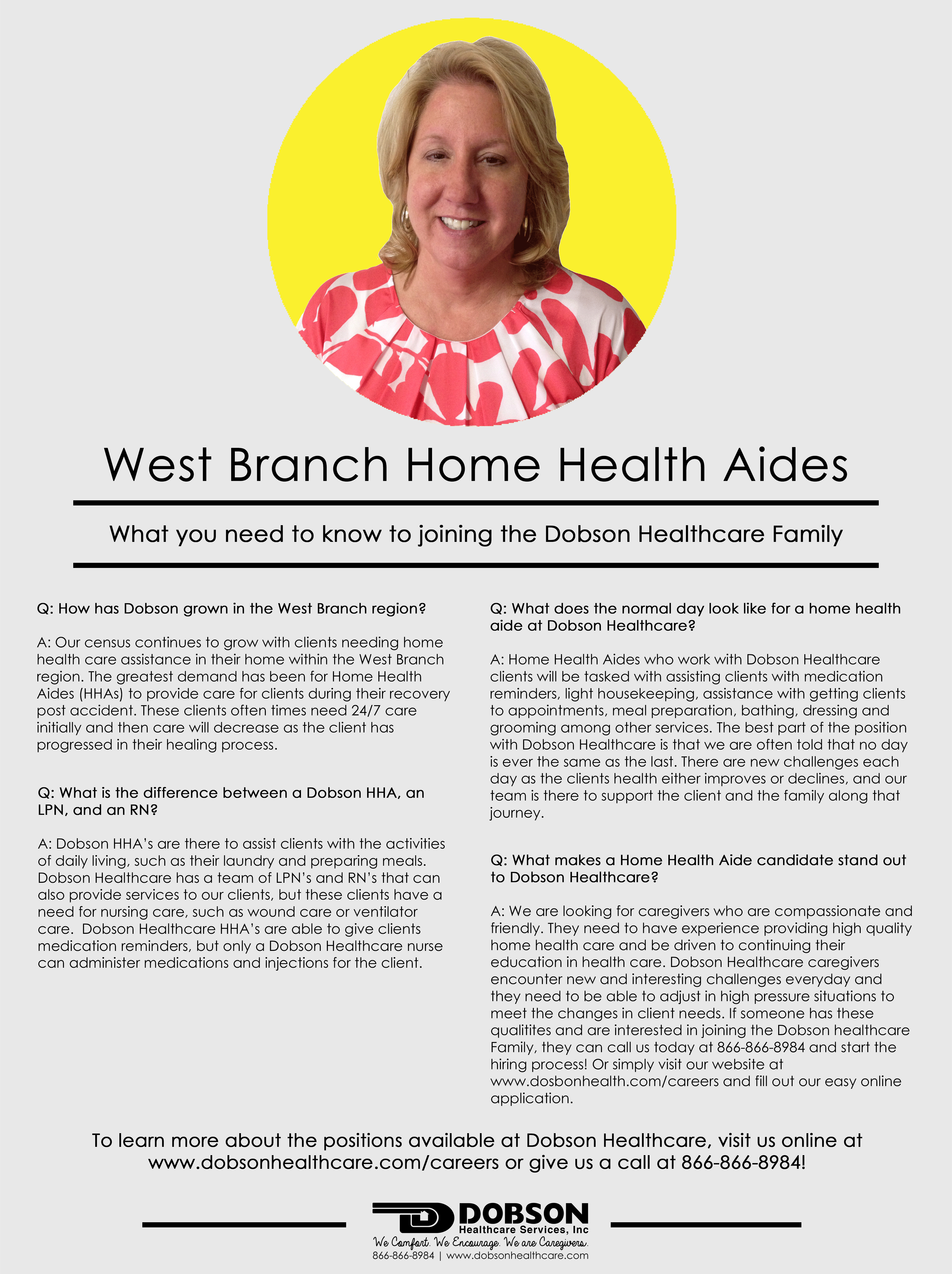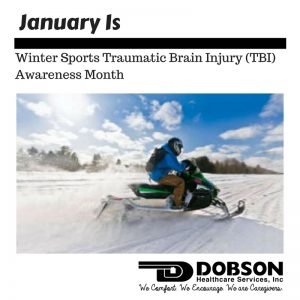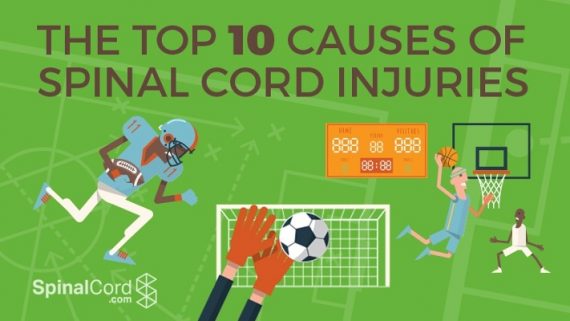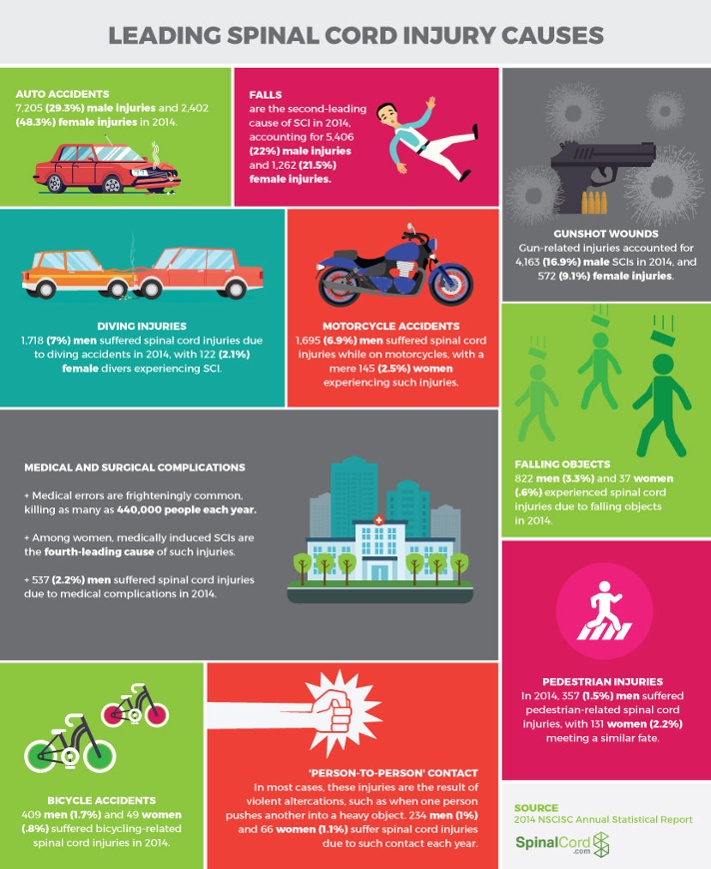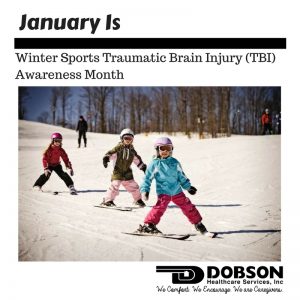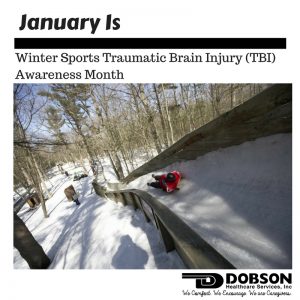To All Dobson Healthcare Clients and Families,
As you probably know, earlier today, Governor Whitmer issued a Stay Home, Stay Safe Order through April 13th to all non-essential businesses at midnight tonight. Dobson Healthcare Services is considered essential business and as part of the critical infrastructure, we will remain open and continue to provide care to our home-bound clients.
Michiganders have been preparing for COVID-19 for weeks, and all individuals should continue to take the following basic personal-hygiene measures to prevent the spread of the virus:
- Wash your hands often with soap and water or use hand sanitizer;
- Avoid touching your eyes, nose, or mouth with unwashed hands;
- Cover your moth and nose with a tissue when coughing or sneezing;
- Avoid handshakes;
- Avoid contact with sick people who are sick; and
- Stay home when you are sick.
If you need further information on COVID-19 please visit www.cdc.gov/coronavirus or call 800-232-4636.
Again, thank you for your choosing Dobson Healthcare as your home healthcare provider. As always we will remain available to each and everyone of you 24/7 by calling us as 866-866-8984. If you have questions or concerns, please feel free to reach out to us.
Jami Dosbon RN, BSN
President-Founder
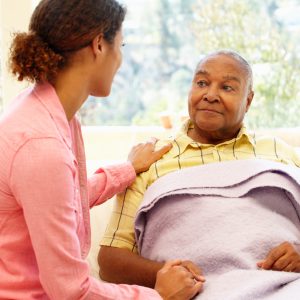 Caregivers are all around us. They are part of our everyday activities. But just because they are there doesn’t mean they are all great caregivers. What separates your average caregiver from the great caregivers are some traits and work habits that stand out above the norm. Those who have experienced a great caregiver can easily make a list of what makes them exceptional and sets them apart from the crowd. At Dobson Healthcare we work hard to hire only the best caregivers available. Our Human Resource Department and Care Team Coordinators work hard to hire those who display the characteristics that make great caregivers:
Caregivers are all around us. They are part of our everyday activities. But just because they are there doesn’t mean they are all great caregivers. What separates your average caregiver from the great caregivers are some traits and work habits that stand out above the norm. Those who have experienced a great caregiver can easily make a list of what makes them exceptional and sets them apart from the crowd. At Dobson Healthcare we work hard to hire only the best caregivers available. Our Human Resource Department and Care Team Coordinators work hard to hire those who display the characteristics that make great caregivers:
- Empathy and compassion. Dobson Healthcare caregivers work with people in their homes, therefore it is essential that our caregivers feel a strong desire to want to help. By showing empathy and compassion Dobson caregivers will let the person they are caring for know that they care about the person and want to do what they can to help them.
- Patience. When Dobson Healthcare caregivers work with someone who needs home care it is important that they are patient and understanding.
- Reliable. Dobson caregivers are great caregivers that can be counted on to be there. If a Dobson caregiver is scheduled to be at a clients home to provide home care every Thursday morning, our caregivers shows up, unless there is an emergency. Those needing home care services need a reliable and dependable caregivers and Dobson prides our self in having caregivers who are!
- Flexible. As with most things in life, home care needs may change and unexpected events can happen. A Dobson caregiver will be prepared to go with the flow, being flexible, so that they can continue to provide good home care, even if a rigid schedule isn’t being followed.
- Remove the athlete from play.
- Ensure the athlete is evaluated by a health care professional experienced in evaluating concussions.
- Inform the athlete’s parents or guardians about the possible concussion.
- Keep the athlete out of play the day of the injury and until a health care professional experienced in evaluating concussion says they are symptom-free and okay to return to play.
This article was previously published on SpinalCord.com by Zawn Villines.
Though about 12,500 people survive spinal cord injuries each year, few people learn much about these catastrophic injuries until they are injured or must care for an injured loved one.
Most spinal cord injuries are preventable, and knowing the causes of these injuries can help you avoid becoming a victim. And if you or someone you love already deal with the frustration and pain of a spinal cord injury, knowing the most common sources of these injuries can help you feel a bit less alone.
Each year, the National Spinal Cord Injury Statistical Center at the University of Alabama-Birmingham compiles an assortment of statistics on spinal cord injuries. It’s interesting to note that, in almost all category of injuries, men are more likely to be injured than women.
Men account for more than 80% of SCI victims, and the reason for this is quite clear: men are more likely to take risks and play sports that cause SCI. Spinal cord injuries are especially prevalent among younger men, who may be more prone to playing dangerous sports or engaging in risky activities such as high-speed driving.
In 2014, the latest year for which statistics are available, the 10 leading causes of spinal cord injuries, and their percentage of the total number of injuries, were as follows.
Leading Causes of Spinal Cord Injuries, Explained
Auto Accidents
Car accidents are a leading cause of death nationwide, and people under the age of 34 are more likely to die in car accidents than any other single cause. Nationwide, car accidents claim more than 32,000 lives annually. Unsurprisingly, then, car accidents are the leading cause of spinal cord injuries, accounting for 7,205 (29.3%) male injuries and 2,402 (48.3%) female injuries in 2014.
Find out what to do after a car accident.
Falls
You don’t have to be elderly or infirm to suffer a fall. A misplaced step as you navigate stairs, a fight near a flight of stairs, or even a medical event, such as a seizure or fainting, can all lead to catastrophic falls. Such falls were the second-leading cause of SCI in 2014, accounting for 5,406 (22%) male injuries and 1,262 (21.5%) female injuries.
Gunshot Wounds
Gunshot wounds can quickly destroy a body, and even a grazing by a bullet can sever or compress the spinal cord. Gun-related injuries accounted for 4,163 (16.9%) male SCIs in 2014, and 572 (9.1%) female injuries.
Diving Injuries
Propelling head first into the water is an inherently dangerous activity. If the water is too shallow, the diver inexperienced, or there are objects or people in the diver’s way, the injuries can be immediate and catastrophic. 1,718 (7%) men suffered spinal cord injuries due to diving accidents in 2014, with 122 (2.1%) female divers experiencing SCI.
Motorcycle Accidents
Though motorcyclists account for a fraction of motorists on the road, the lack of external protection means that even minor motorcycle collisions can be deadly. In 2014, 1,695 (6.9%) men suffered spinal cord injuries while on motorcycles, with a mere 145 (2.5%) women experiencing such injuries.
Falling Objects
You might not think much about falling objects in your daily life, but collisions with such objects can produce lifelong injuries. Construction sites, falling rock, and even large icicles or hail can damage the brain and spine, particularly when victims are hit at high speeds or at particularly dangerous angles.
Those in industries where falling objects are common are especially vulnerable; this is why construction hats and similar safety gear factor so prominently in the prevention of spinal cord injuries. 822 men (3.3%) and 37 women (.6%) experienced spinal cord injuries due to falling objects in 2014.
Medical and Surgical Complications
Doctors, pharmacists, and other medical experts are on the front lines of the fight against spinal cord injuries. These providers can help you recover from even the most severe injuries, but there is also a dark side to medical care. Medical errors are frighteningly common, killing as many as 440,000 people each year. Even when such errors are not fatal, they can cause catastrophic spinal cord injuries.
Likewise, surgical complications, including infections, can compress the spinal cord. Choosing the right doctor, following his or her post-surgical care advice, reading provider reviews, and carefully monitoring any unusual symptoms can all help you avoid a medically induced SCI. 537 (2.2%) men suffered spinal cord injuries due to medical complications in 2014.
Among women, the numbers were similar, with 298 women experiencing such injuries. But because women are less likely than men to experience traumatic spinal cord injuries, medically induced SCI accounts for a higher proportion (5.1%) of female SCI than male SCI. Among women, medically induced SCIs are the fourth-leading cause of such injuries.
Pedestrian Injuries
Aggressive, distracted, and speeding motorists all contribute to a dangerous walking climate. It’s not just motorists who put people at risk, though. Ample research suggests that pedestrians are often distracted by phones and other devices, and many such pedestrians are in denial about the extent of their distraction. In 2014, 357 (1.5%) men suffered pedestrian-related spinal cord injuries, with 131 women (2.2%) meeting a similar fate.
Bicycle Accidents
Bicycle accidents change lives, especially when the cyclist collides with a car, hits a large object, or is not wearing a helmet. Helmets—even if you are only cycling in your own driveway, and even though you might not like the way helmets look—save lives. Over time, fatal bicycle accidents have generally declined, suggesting that helmet laws are working to keep cyclists safe. Nevertheless, 409 men (1.7%) and 49 women (.8%) suffered bicycling-related spinal cord injuries in 2014.
‘Person-to-Person’ Contact
Person-to-person contact injuries are a cause of spinal cord injuries that, as the name implies, result from contact with another person. In most cases, these injuries are the result of violent altercations, such as when one person pushes another into a heavy object. 234 men (1%) and 66 women (1.1%) suffer spinal cord injuries due to such contact each year.
Other SCI Injury Sources
Though the above-mentioned sources account for the overwhelming majority of spinal cord injury causes, there are many other possibilities. The next 10 leading causes of injury, in order from most to least prevalent, are as follows:
- Unclassified, which includes injuries that don’t fit neatly into a single category, or for which adequate data is not available.
- Penetrating wounds, such as an object entering the brain or spinal cord.
- All-terrain vehicle (ATV) accidents.
- Accidents in other vehicles, such as jet skis and boats.
- Snow skiing.
- Football.
- Winter sports such as snowboarding.
- Horseback riding.
- Surfing, including body surfing.
- Other sports-related injuries.

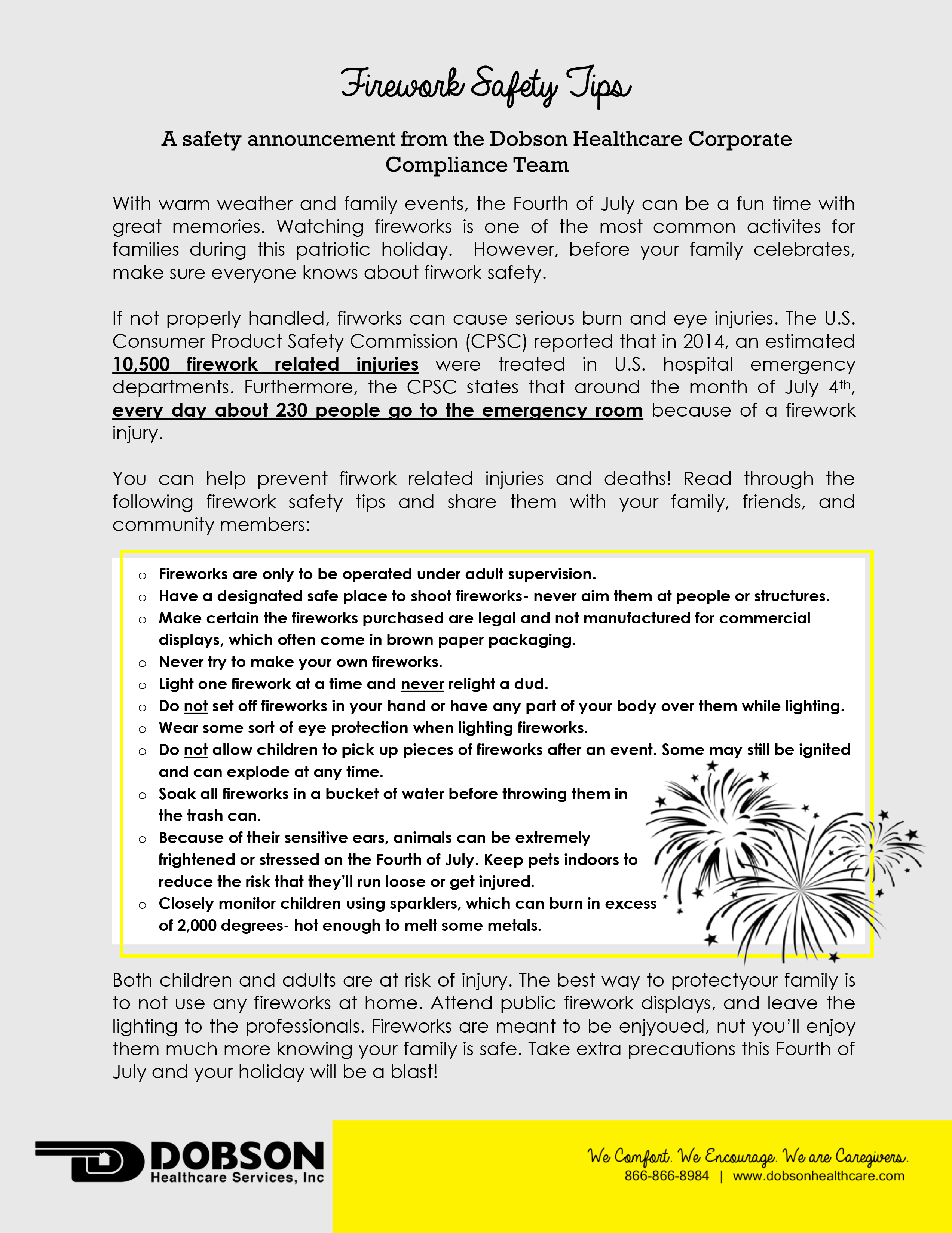
June 19th is observed as World Sickle Cell Day. It is a day to educate the world and increase awareness about Sickle Cell Disease.
According to St. Jude Children’s Research Hospital,
Sickle Cell Disease is a group of blood disorders that prevent the normal flow of blood in the body because of the effect on hemoglobin withing red blood cells.
In the United States, Sickle Cell Disease is the most common inherited blood disorder, affecting the lives about about 100,000 Americans. With early diagnosis and treatment, the life expectancy of children with the disease is increasing- many living to age 50 or older. There are three different forms of the blood disease: Sickle Hemoglobin C disease, Sickle Beta Thalassemia disease, and Sickle Cell Anemia (the most common of the three). Below is a infographic by St. Jude so you can learn more about the disease.

- If you or a loved one participates in winter sports, you can take precautions to prevent head injuries during play:
- Wear a properly fitted helmet that is appropriate for the activity. Helmets can go a long way toward preventing or reducing the severity of a TBI.
- Set a no hits to the head or other dangerous play rule for hockey and other contact sports.
- Take lessons. If you’re going skating, skiing, or snowboarding, basic lessons will help you learn how to fall more safely and less often.
